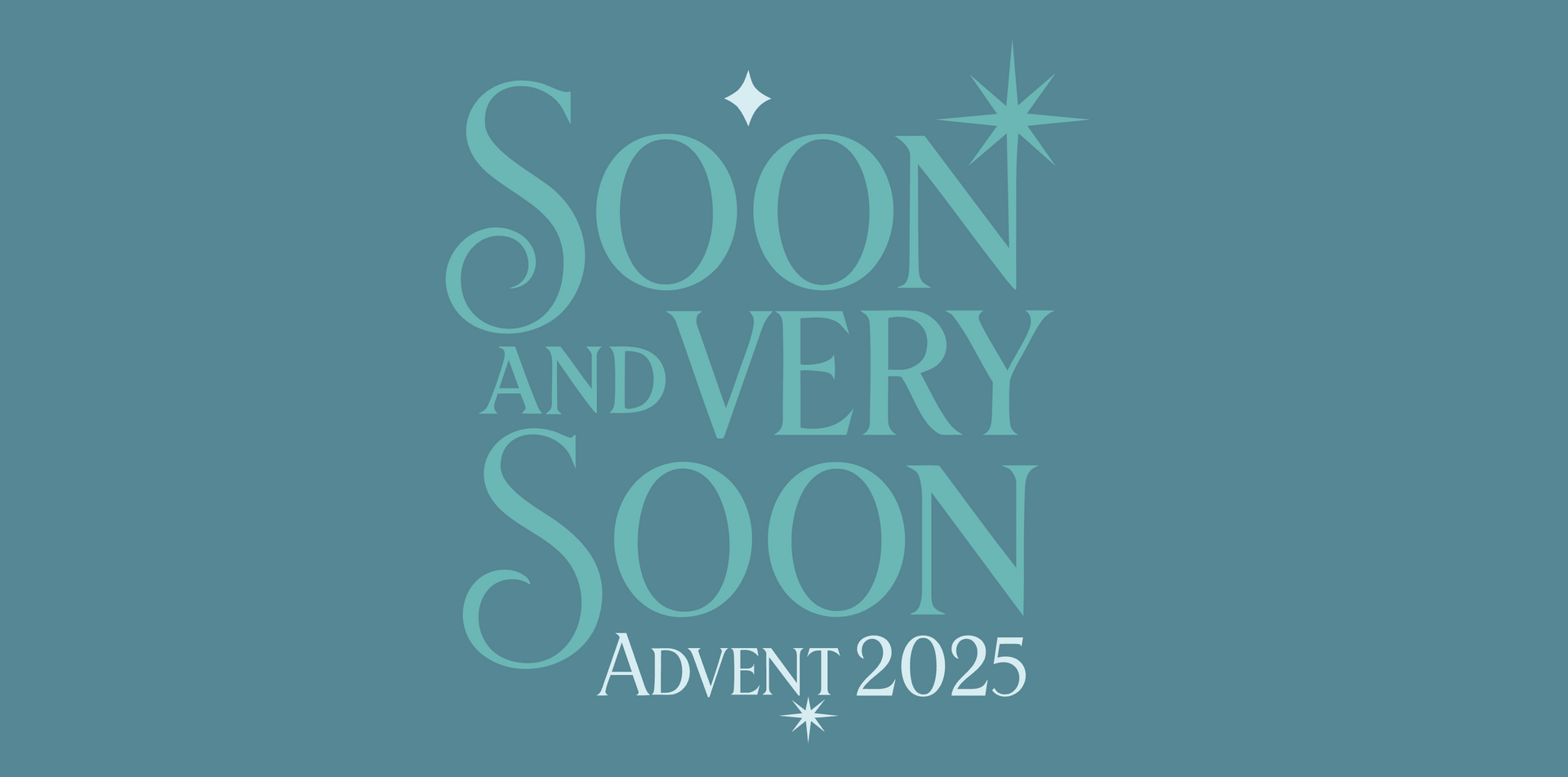Talking with Kids About the Order of Worship in the Bulletin.
If I visited Calvary for the first time and had not been to a Presbyterian church before, I would want someone to help me understand what I was doing throughout the order of worship. Here is how some churches annotate their bulletins so children, youth, and adults can learn more about why we choose to read, sing, pray, and listen at certain times during the worship service.
Harvey Browne Memorial Presbyterian Church in Louisville, Kentucky offers a model of how to explain the order of worship.
Being transparent about how we worship together is in line with our reformed tradition. We can read and interpret the bible ourselves, as well as worship and say prayers with our own bodies. Many years ago, a priest would do all of this while the congregation sat or stood. It is important for parents to share with their children that all people have the freedom to contribute to a worship service. By singing, listening, praying, and sharing, we get to know each other and witness each other’s talents and inspiring work. Fellowship and education events are only part of the ways that we form our faith together. Participating in worship is what binds us together each Sunday, so that we can support each other at or outside of church during the week.
Let’s take a look at how the Louisville church begins explaining their order of worship in the bulletin. Lots of different churches approach creating their bulletin content in ways that work for the congregations they serve. The
Welcome offers a written church mission statement that clearly states their intentions for inclusion, faith formation, and respect for each person’s gifts. Then we move into the notes about the worship service.
Notes About the Worship Service:
- An asterisk denotes standing— in body or spirit.
- Bold text means the congregation is invited to speak aloud together.
- Notes in the margins are included to provide background and increase understanding of our service.
- Children are fully welcome in worship. Please do not worry if your child makes noise or gets the wiggles! They are an important part of our church community! If you prefer your child go to our nursery, it is available for children ages 5 and under. There is also a “wiggle room” in the room to the left of the pulpit. At Calvary, we invite children to come up to the chancel steps during the Children’s Meditation or Baptism.
- Our congregation is committed to using inclusive and expansive language for God and God’s people. While an element of worship may use language that assigns a particular gender to God, we strive to maintain a balance so that God’s fullness might be honored.
- For our early and non-readers, icons are provided throughout the bulletin to include their participation. We suggest you encourage children to follow along using these icons throughout the service.
Then they show icons that correspond with these moments in worship: speaking, baptism, scripture, communion, music, listen, pray, and offering.
At Calvary during Lent, we experience music through the Prelude, Introit, Hymn, Lenten Acclamation, Anthem, Offertory Anthem, Doxology, Choral Blessing, and a Postlude. We use an asterisk to indicate listening or singing, so we know whether to stand/sing, listen to a soloist, pastor or choir sing or sit and listen to the organist/pianist play a piece.
In the Louisville bulletin to the right of the
Call to worship , there is a commentary in the gray column which says, “The season of Lent is a time for growth in faith — through prayer, spiritual discipline, and self-examination in preparation for Easter. In ancient Christian practice, Lent was a time of preparation for the celebration of baptism at Easter. In many churches, it remains a time to equip and nurture candidates for baptism or confirmation, and for the whole community of faith to reflect deeply on the theme of discipleship.” To the right of the
Prayer of Confession a column of commentary says, “As members of Christ’s body, we confess the reality of brokenness in personal and common life. Our prayer is always prefaced and followed by reminders of God’s grace, allowing us to share with confidence what needs to be named before God and one another.”
We offer a time to Pass the Peace with someone nearby or online. This allows us to turn around, move our bodies, and see who is near us or connecting with us online.
At Calvary, we offer a Children’s Meditation or a Baptism as a time for the children to engage more fully in worship with the congregation before they go to Sunday Studio groups. In a column near the time to remember one’s baptism it is written, “The waters of baptism remind us of the grace given in our baptisms and the commission we receive to new life in Christ.”
Near the First Reading (typically from the Old Testament) it says, “The Book of Psalms, or the Psalter, as it is sometimes called, is a collection of prayers and songs composed throughout Israel’s history. Its title, Psalms, is derived from a Greek term meaning “song.” The Hebrew title of the book, Tehillim, means more specifically “hymns” or “songs of praise.” Then the Gospel (New Testament) is read to tell of the life of Jesus. Then the pastor gives the Sermon , followed by the Affirmation of Faith . (The Confession of 1967) “The reconciling work of Jesus was the supreme crisis in the life of humankind. His cross and resurrection become personal crisis and present hope for [all people] when the gospel is proclaimed and believed. In this experience, the Spirit brings God’s forgiveness to all, moves people to respond in faith, repentance, and obedience, and initiates the new life in Christ.” There is a moment for ministry that invites people in the congregation to share the work that they are doing in the community and the world. Then they describe who they are giving money to through the offering. Most often we give offering to Calvary Presbyterian Church. In this case, the congregation was giving to Presbyterian Disaster Assistance (PDA) that allocates funds to most places in the world where people experience the effects of poverty, war or natural disasters.
The Doxology is sung to offer praise to God. It is followed by the Prayer of Dedication . Calvary Presbyterian Church takes Communion on the first Sunday of the month. Many churches have different communion schedules. Next to the communion piece is written, “The Lord’s Supper (or Eucharist) is the sign and seal of our communion with the crucified and risen Lord. The Lord’s Supper enacts and seals what the word proclaims: God’s sustaining grace offered to all people.” There is a prayer of thanksgiving followed by the Lord’s Prayer. At Calvary, all are welcome to take communion.
After communion we enter The Sending section of the service. People sing a Hymn of joy or praise. Then they hear the charge or Benediction which invites all to carry the good news of God’s love and Gospel into the world. As was said earlier, each section is headed up by an icon or an asterisk, so that people know what to do during that time.
Most children enjoy sitting next to family and friends while coloring or doing an activity in the pew. If they see icons in the bulletin, they might not have to ask their parents what is happening next. Youth might be new to the church, so the icons and notes help keep them engaged and included in the worship process. All of these helpful additions can be clarifiers for anyone attending church. We don’t want to put up barriers by using only acronyms or specific liturgical words that need to be explained. Worship is meant to be accessible to all, so let’s think of ways to make it easier to understand while keeping up standards.
Cover photo: Art work by Alison Faison











